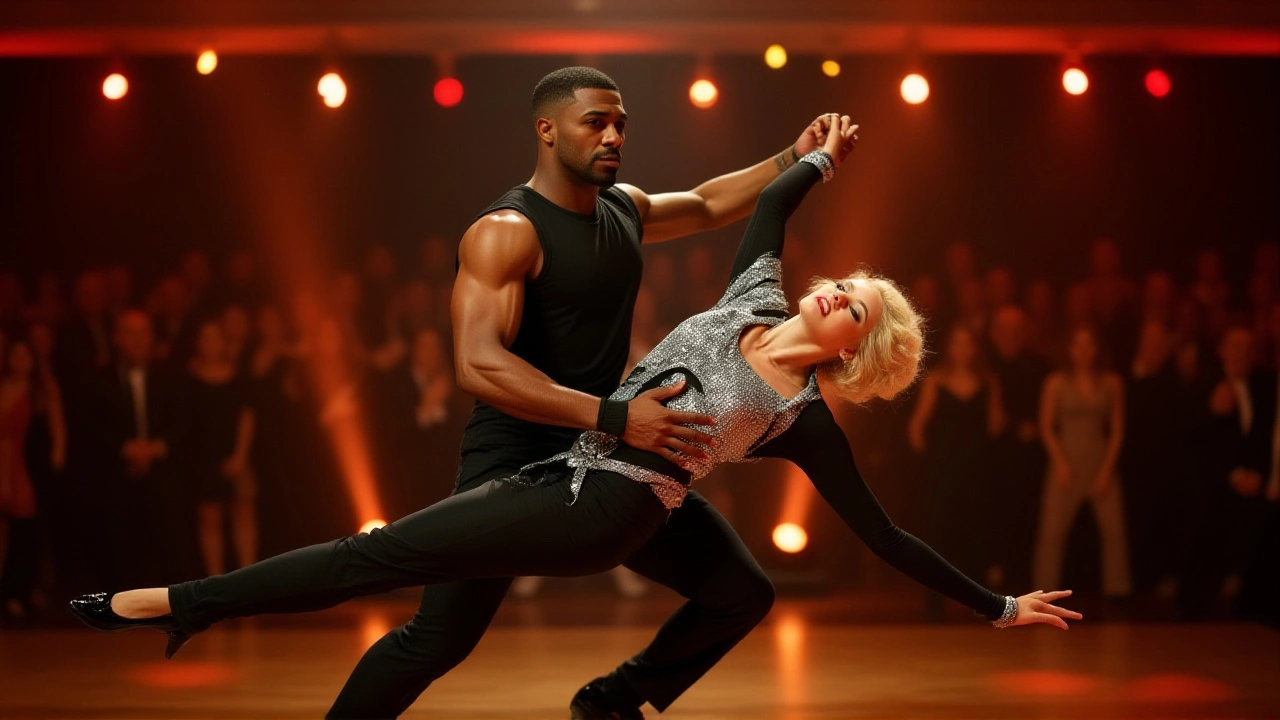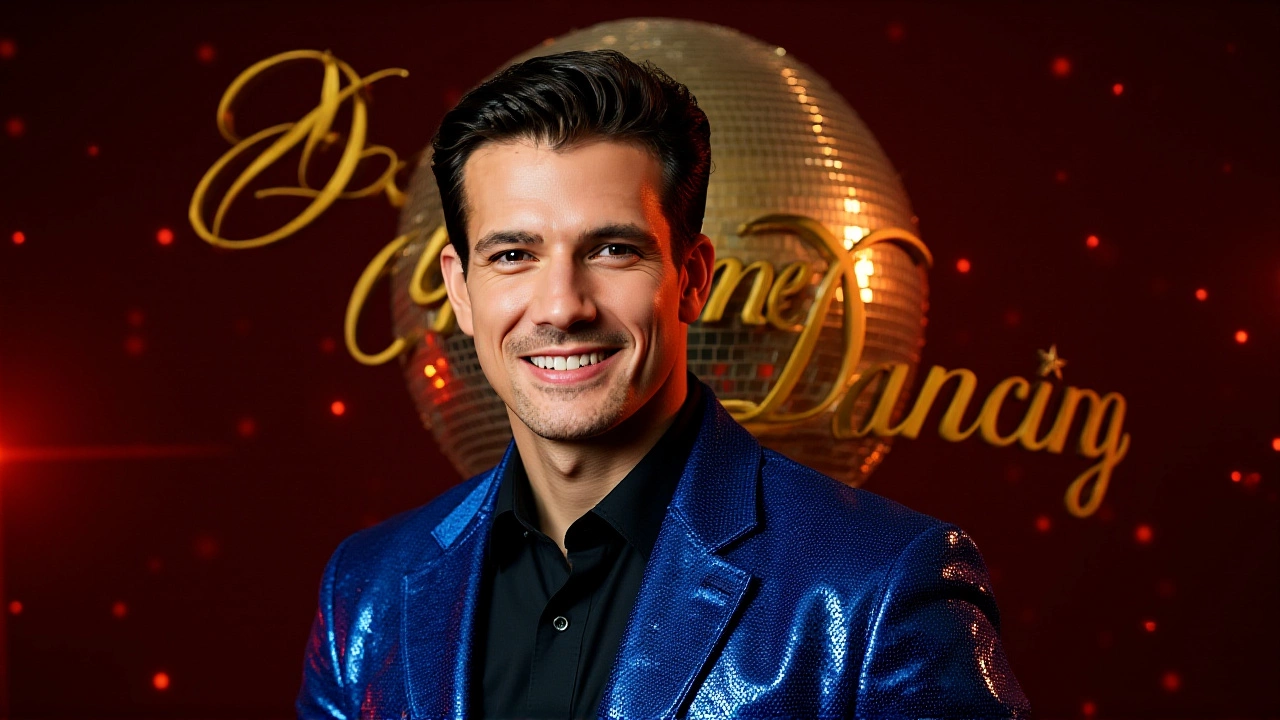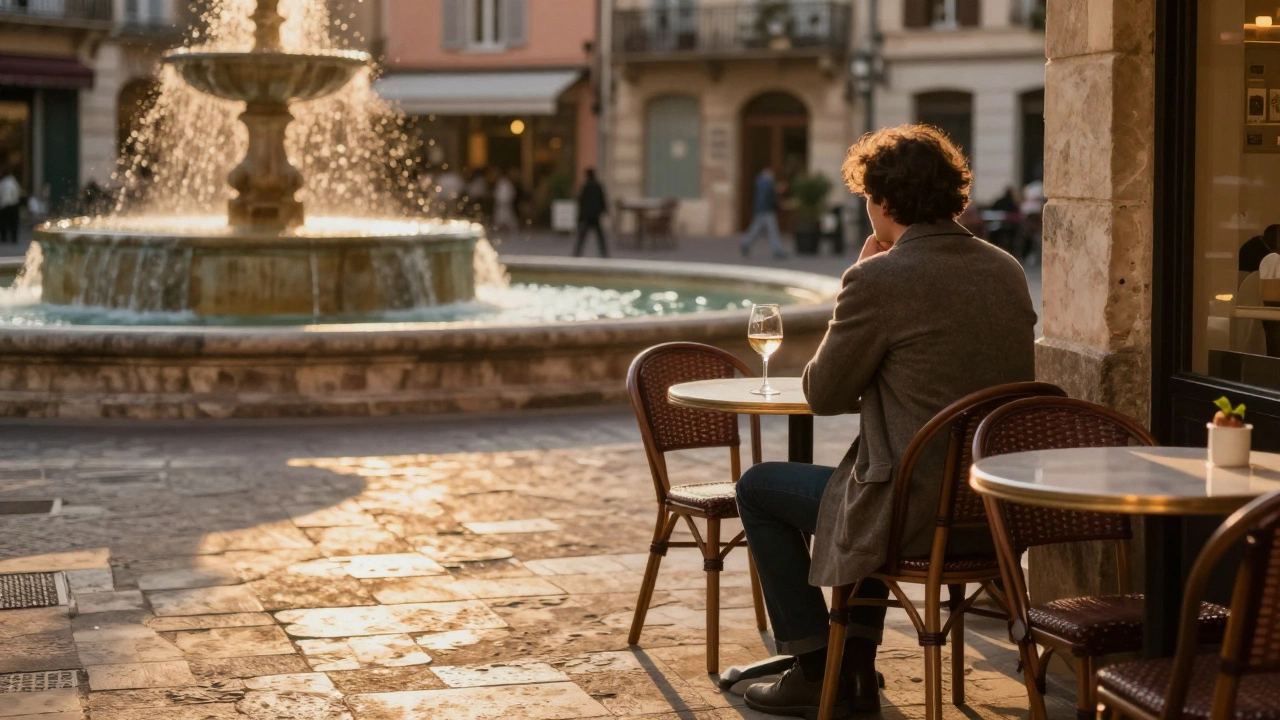Danny Mac’s Argentine Tango on Strictly Come Dancing 2016 Was Emotional Escape From Family Grief

When Danny Mac took to the floor for his Argentine Tango on Strictly Come Dancing 2016BBC One, he wasn’t just dancing for points—he was fighting to keep it together. The routine, which earned a staggering 38 out of 40 from the judges, wasn’t just technically flawless. It was a lifeline. Behind the polished footwork and dramatic flair, Mac was grappling with a private heartache, one he wouldn’t name publicly but couldn’t escape. "The dance was my escape," he told Zoe Ball on It Takes TwoBBC Two. "That’s all I could let myself think about." The performance aired on a Saturday night in late October 2016, during the seventh week of the season. Viewers saw Mac’s trembling hands as he stepped away from the judges’ scores. He didn’t hug Oti Mabuse, his professional partner, even though she reached out. The silence was louder than the applause. Later, in a raw Instagram video, Mac explained: "I just didn’t want to go there with that stuff. If I looked miserable, everyone would wonder what more I wanted." The truth? He didn’t want to seem ungrateful. He didn’t want to be seen as the contestant who cried on live TV while everyone else was celebrating. But he also didn’t want to pretend nothing was wrong.
The Weight Behind the Waltz
Mac, 28 at the time, was already known to British audiences as Scott Drinkwell on Hollyoaks, a role that had catapulted him into the spotlight just months before he joined Strictly Come Dancing 2016. But behind the glitz of the ballroom, he was dealing with something far heavier. He dedicated the Argentine Tango to his father, though the nature of the family struggle—illness, loss, estrangement—was never disclosed. What we know is this: the dance floor became his sanctuary. "I threw everything into it," he told Ball. "Oti was amazing all week with me." That week, Mabuse didn’t just choreograph steps—she held space. The South African dancer, who joined Strictly Come Dancing in 2015, has spoken in interviews since about how deeply she connects with contestants’ emotional journeys. "Some people come here to win," she once said. "Others come to survive. Danny came to breathe."Why the Hug Wasn’t Given
The moment Mac turned away from Mabuse’s open arms sparked immediate online debate. Critics called it cold. Fans called it brave. The truth? It was a calculated act of emotional preservation. In reality TV, vulnerability is often commodified. A tear on camera can turn a contestant into a trending topic—not always in the way they intend. Mac didn’t want pity. He didn’t want to become the "sad guy who danced well." He wanted to be seen for his skill, his discipline, his resilience. "I knew if I hugged her, I’d break," he later admitted in a podcast interview with Radio Times. "And I didn’t want that moment to be about my pain. I wanted it to be about the dance. About us. About what we made together."
The Blackpool Special and What Came After
The Argentine Tango wasn’t just a standout moment—it was a turning point. After that performance, Mac and Mabuse advanced to the Blackpool ballroom bonanza, filmed at the historic Blackpool Tower Ballroom in Lancashire. There, they danced the Charleston under dazzling neon lights, the crowd roaring as if they’d already won. They didn’t. They were eliminated the following week, finishing in seventh place. But their journey resonated far beyond rankings. By the time the grand final aired on December 18, 2016, Mac had become one of the most talked-about contestants of the season—not for his dance technique alone, but for how he turned grief into grace. His story echoed with anyone who’s ever used work, art, or movement to outrun sorrow.What This Reveals About Reality TV
Strictly Come Dancing has long been praised for its emotional authenticity. But few contestants have been so candid about using the show as emotional armor. Mac’s experience highlights a quiet truth: reality TV isn’t just entertainment. For many, it’s therapy with cameras. Compare this to other emotional moments on the show: when Chris Hollins danced for his late mother in 2009, or when Katie Piper returned after a horrific acid attack in 2008. Those moments were powerful. But Mac’s was different. He didn’t wait for a tribute montage. He didn’t wait for the judges to ask. He just danced—and let the movement say what words couldn’t.
Legacy of a Dance
Years later, Mac still doesn’t talk much about his father. But he does speak about dance. In a 2023 interview with Dance Magazine, he said: "That tango didn’t fix anything. But it let me feel something without breaking. And sometimes, that’s enough." Mabuse, now a global dance icon and former Strictly champion, still references that routine in her masterclasses. "Danny taught me that dance isn’t about perfection," she said. "It’s about presence. Even when your heart is falling apart, your feet can still find the rhythm."Frequently Asked Questions
Why didn’t Danny Mac hug Oti Mabuse after the Argentine Tango?
Danny Mac avoided the hug because he feared showing visible emotion on live TV would shift focus from his performance to his personal grief. In an Instagram video, he explained he didn’t want viewers to think he was ungrateful or seeking sympathy. He wanted the dance to speak for itself—not his tears.
What was the significance of the Argentine Tango in Strictly Come Dancing 2016?
The Argentine Tango was the most emotionally charged performance of Danny Mac’s run on the show, earning 38/40 points and becoming a fan favorite. It marked a turning point where Mac openly acknowledged his personal struggles, using dance as a coping mechanism. The routine’s intensity and precision elevated his standing in the competition and sparked widespread public empathy.
How did Strictly Come Dancing 2016 handle contestants’ personal struggles?
The BBC provided psychological support for contestants, but the show rarely intervened publicly. Emotional moments like Mac’s were often left to unfold organically, with companion show It Takes Two offering a safer space for reflection. This approach allowed authenticity to emerge without exploitation, making Mac’s story feel more real than manufactured.
What happened to Danny Mac after Strictly Come Dancing?
After finishing seventh in 2016, Mac returned to acting, appearing in stage productions and minor TV roles. He stepped back from the spotlight but has since spoken about mental health and the therapeutic power of dance in interviews. He credits Oti Mabuse with helping him navigate grief through discipline and art.
Was Danny Mac’s father present during the performance?
There’s no public record of whether Mac’s father was alive or present during the performance. Mac dedicated the dance to him but never disclosed the nature of their relationship or his father’s condition. The ambiguity was intentional—he wanted the focus to remain on the dance, not the backstory.
How did Oti Mabuse support Danny Mac during his difficult week?
Mabuse created a calm, focused environment in rehearsals, minimizing small talk and prioritizing precision. She later said she sensed Mac needed structure, not sympathy. She didn’t pry. She didn’t push. She simply showed up with unwavering professionalism, which gave Mac the emotional safety net he needed to channel his pain into movement.
